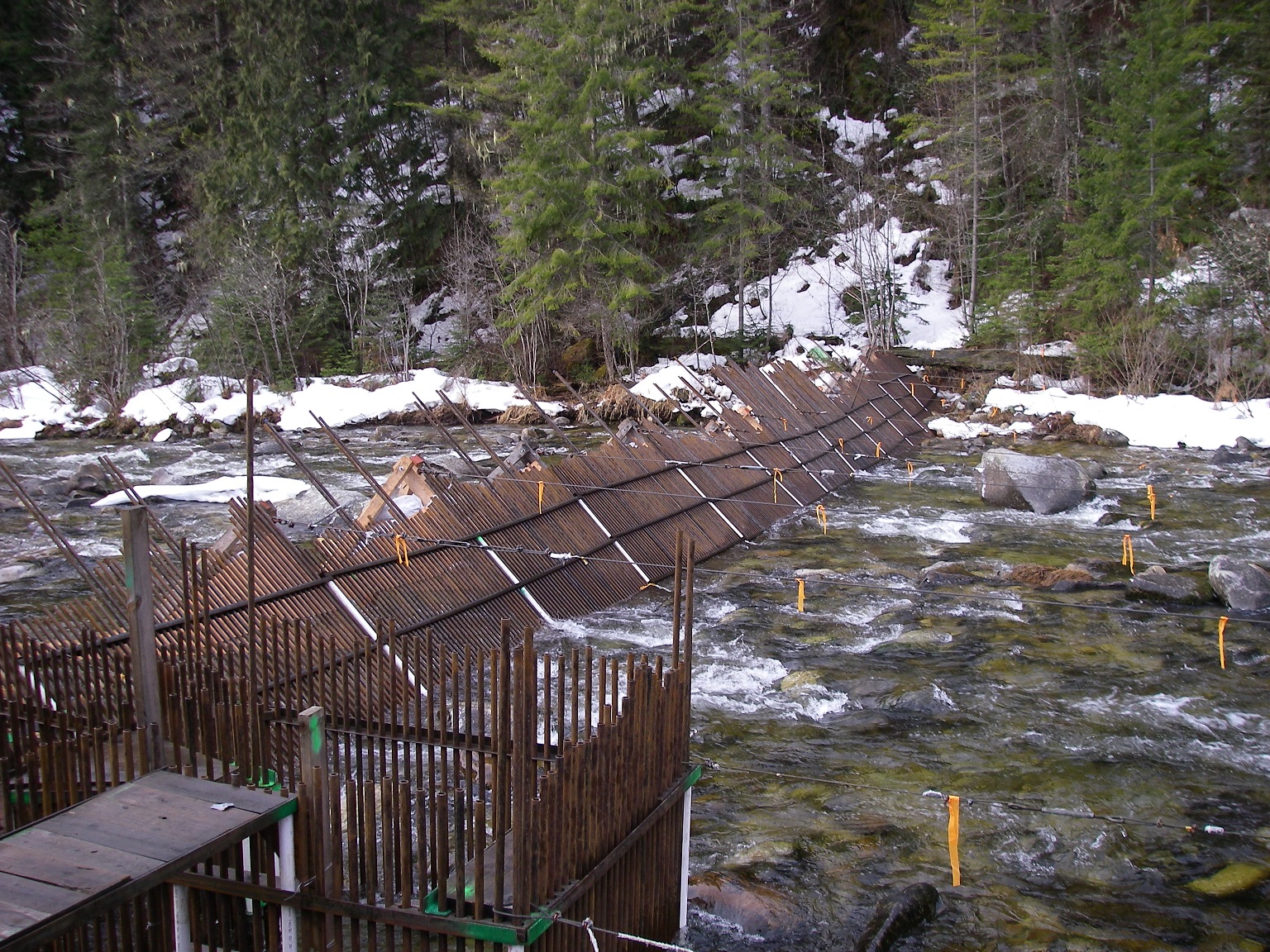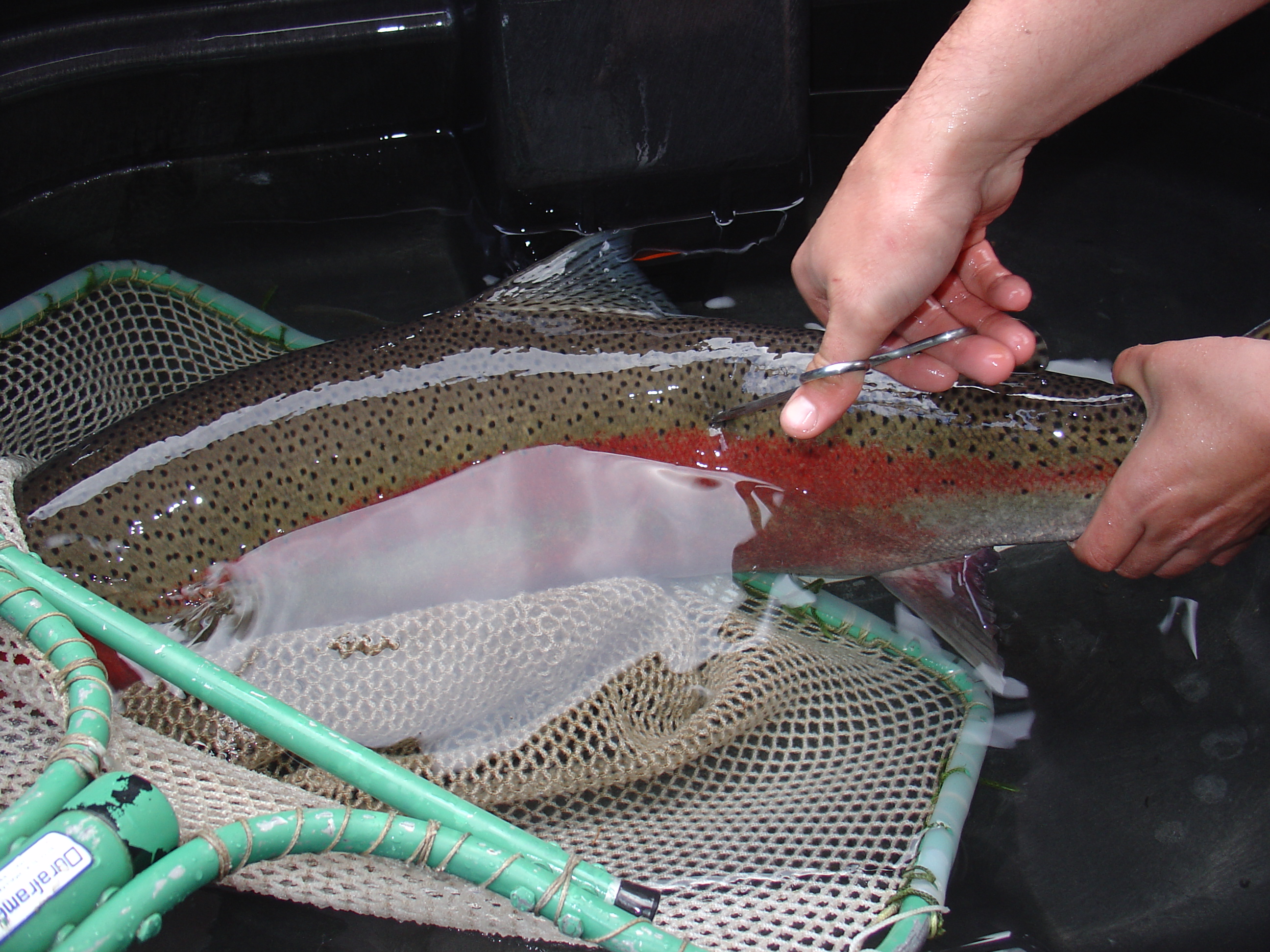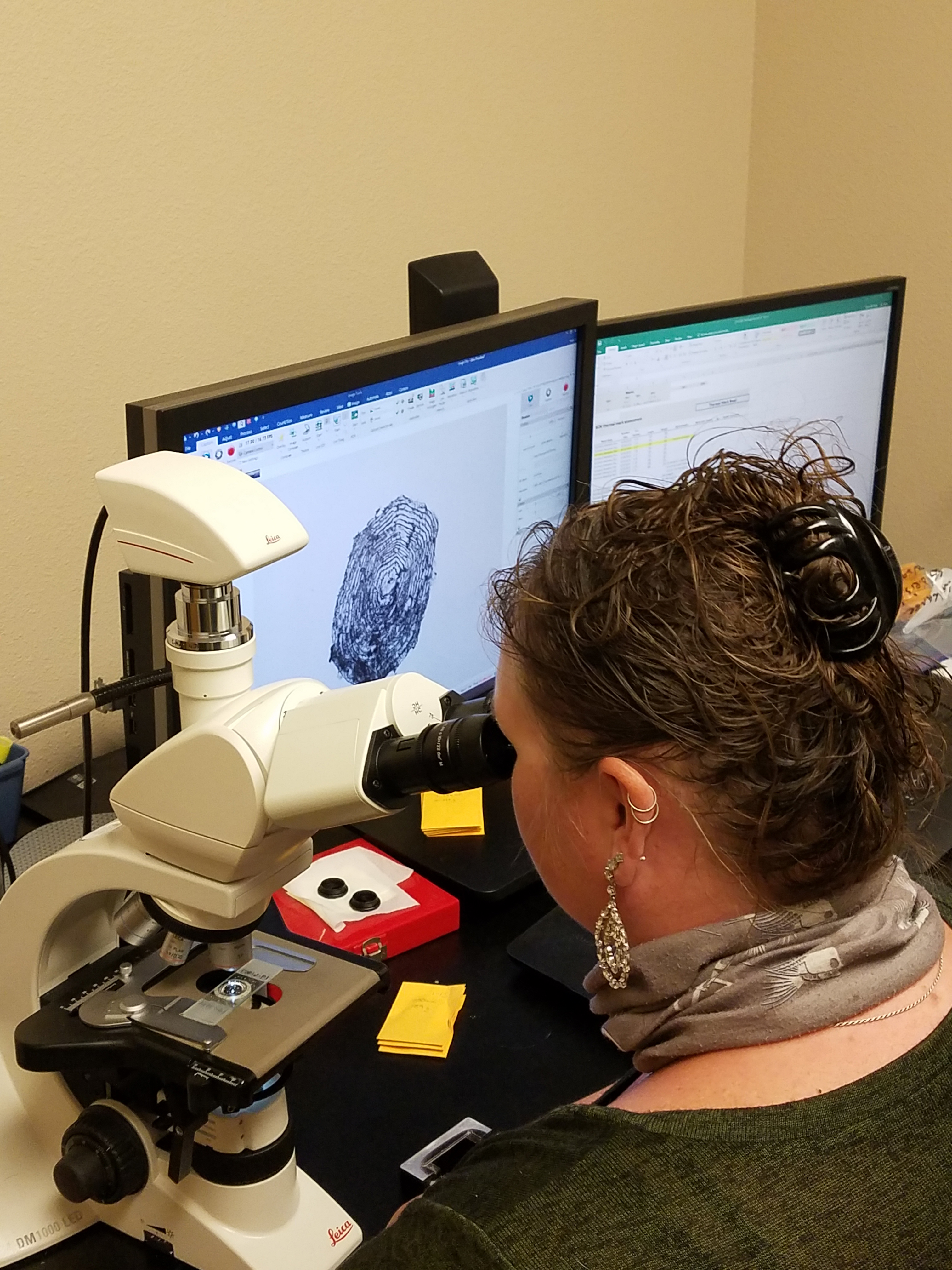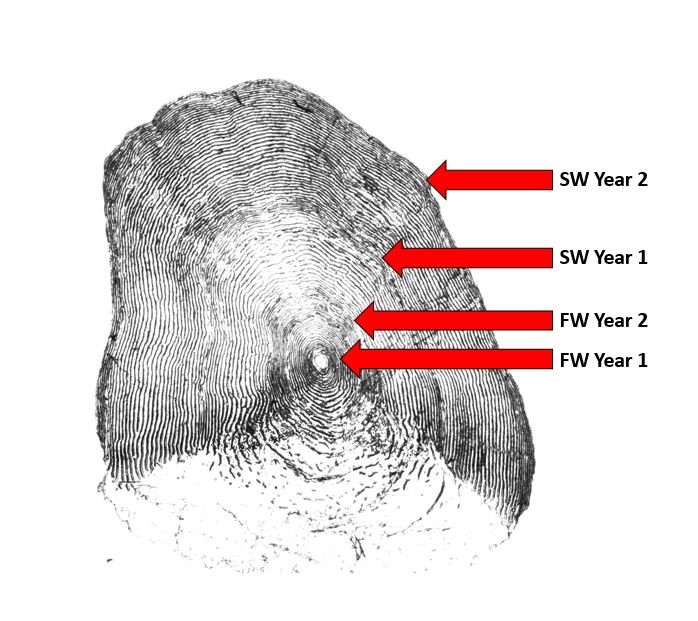Uncertain times call for a certain adaptability. During COVID-19, the adaptability of the Idaho Department of Fish and Game (IDFG) has enabled staff to effectively work throughout the pandemic’s uncertainty. The Nampa Research Anadromous Ageing Lab (NRAAL) is one example that exemplifies IDFG’s successful efforts of adaptability.
Based out of Nampa, Idaho, NRAAL works in conjunction with IDFG and Pacific States Marine Fisheries Commission (PSMFC). NRAAL focuses on collecting, processing, and ageing fish structures to provide critical ageing information. Such information helps guide IDFG’s management of anadromous fishes. Anadromous fishes are those that migrate from Idaho to the ocean as juveniles, then return back to Idaho to spawn as adults. The anadromous species NRAAL works with include steelhead, Chinook salmon, and Sockeye salmon of both juvenile and adult life stages. However, the lab has worked with non-anadromous kokanee and Rainbow Trout as well.
In obtaining ageing information, different collection methods are implemented throughout the state to capture targeted individuals. For instance, weirs are used to trap anadromous adults as they return back to Idaho to spawn.

Once captured, fish can be handled and ageing structures can then be collected. The fish structures used to obtain age information include scales, fin rays, and/or otoliths (calcified ear structures). Within these structures, fish put down identifiable rings, marks, and/or patterns that develop and grow as the fish do. Thus, they embody each fish’s growth and life history, and in turn can be used to gather accurate age information. Many factors are considered when evaluating which specific structure to collect, such as fish life stage, species risk, and project goals.

Once ageing structures are collected, they are processed in the lab using specialized equipment to clean, mount, cut, or otherwise prepare samples for ageing. These steps enable marks/patterns to be identified within the structures. Before assigning ages however, images are taken using advanced microscope cameras. Images allow NRAAL staff to evaluate structures as best as possible and ensure accurate ages are assigned.

Staff can then age structures by analyzing the specific marks/patterns that fish put down on a yearly basis. These patterns are often caused by yearly periods of slow growth that fish undergo, such as cold winter months. Within fish scales for instance, individual rings known as circuli, continue to form as a fish grows. These circuli look similar to rings of a tree sample. During winter when fish growth is reduced, circuli group closer together to create distinct annual patterns. The patterns can then be identified, counted, and used to assign an accurate age to each fish.

So far in 2020, NRAAL has aged over 13,000 fish scales and 500 fin rays collected throughout the state. The lab is also in the process of ageing over 130 kokanee otoliths. These numbers match the productivity of years prior to 2020 (and even exceed some years). This highlights NRAAL’s ability to uphold production even throughout the many challenges the pandemic has brought on.
During these uncertain times, much of NRAAL’s adaptability has been possible because of the great understanding, cooperation, and support that leaders of PSMFC and IDFG have shown for the lab. Because of such actions, the lab has maintained production, while still effectively prioritizing safety. For instance, in March when staff were directed to work remotely, they moved essential lab equipment to remote spaces. During the transition, the great cooperation among lab staff and agency leaders allowed lab staff to uphold high production throughout this process. As with many fellow Idahoans, lab staff were also recently directed to transition back into work spaces. NRAAL again made a smooth transition and maintained high production throughout this new change. Therefore, NRAAL is a prime example of IDFG’s rapid adaptability that can result from great guidance and cooperation among our leaders, even during uncertain events. The lab is currently still working out of the IDFG Nampa Research office and will continue successfully adapting as needed.
Read the latest news and information about wild fish in Idaho on our Wild Salmon and Steelhead pages at https://idfg.idaho.gov/fish/wild.

